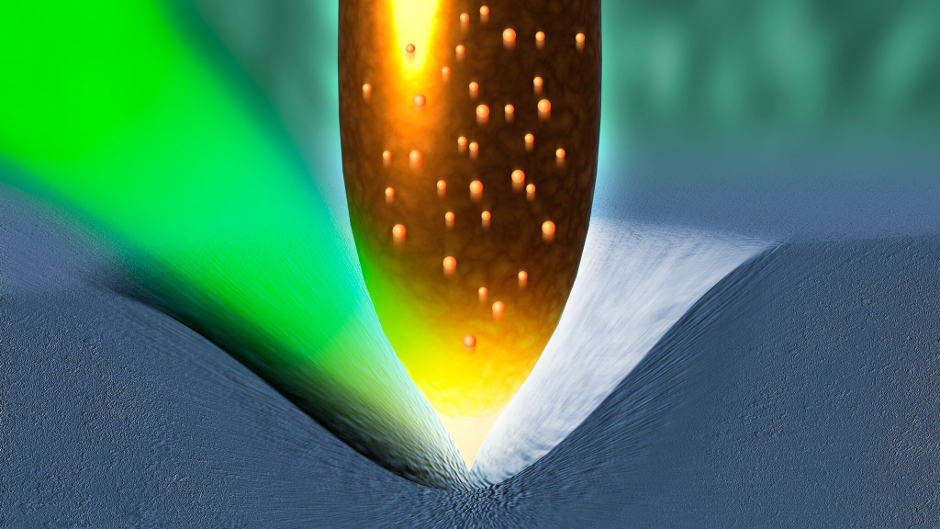UK researchers squeeze more power from solar cells
A new effect that could one day squeeze more power from photovoltaic solar cells has been demonstrated by UK researchers.


In a paper published in the journal Science, researchers at the Warwick University have demonstrated that more energy could be generated by photovoltaic solar cells by deforming the crystals within the semiconductors, simply by pressing on them.
Silicon solar cells typically consist of two layers, p- and n-type semiconductors, which are placed together to form a p-n junction.
When light is absorbed by the cell, this p-n junction generates an internal field within the device, which splits the charge carriers in opposite directions, generating a current and voltage across the junction.
While such junctions play a crucial role in extracting power from solar cells, they have a fundamental efficiency limit, known as the Shockley-Queisser Limit. This means that only 33.7 per cent of the power contained in sunlight falling on an ideal solar cell in ideal conditions can be converted into electricity.
Register now to continue reading
Thanks for visiting The Engineer. You’ve now reached your monthly limit of news stories. Register for free to unlock unlimited access to all of our news coverage, as well as premium content including opinion, in-depth features and special reports.
Benefits of registering
-
In-depth insights and coverage of key emerging trends
-
Unrestricted access to special reports throughout the year
-
Daily technology news delivered straight to your inbox










National Gas receives funding to develop Gravitricity underground hydrogen storage system
One single rock salt mine - Winsford - has 23 <i>MILLION </i>cubic metres of void and even allowing for 10% of that void set aside for hazardous waste...